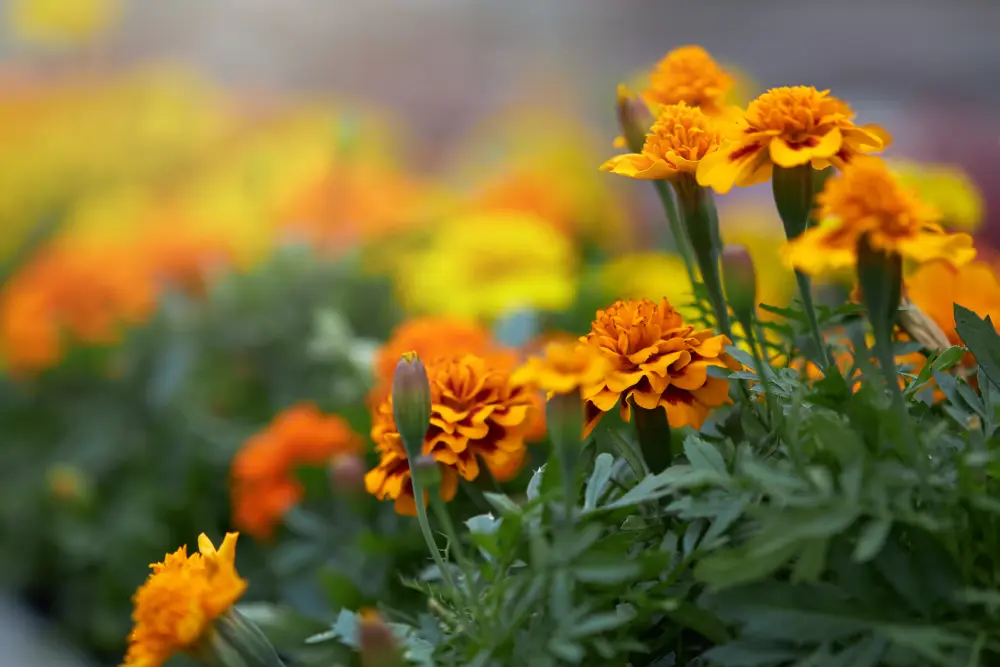
Benefits of Using Local Flora to Enhance Landscaping
Bangladesh might be a small country, but whatever it does, it does big. This includes its growth and expansion, which might have started out as a population boom, but has now crossed over into infrastructure, economy, and so much more. As more of our cities fall to concrete skylines, greenery is quickly turning into a necessity rather than being a privilege available to just a few. https://squarefeetstory.com/landscaping/ Urban landscaping is not just for beautification, rather, it is now used as a tool to make our city dwellings a little more liveable. One of the best ways to sustainably turn our cities more green is by making good use of local flowers and plants, also known as local flora.
Incorporating local indigenous plants in urban landscapes can transform our built environment in ways that imported plants cannot.
1. Naturally Suited to the Climate
Local plants have evolved over generations to thrive in our subtropical climate, adapting to the heat, humidity, heavy monsoon rains, and occasional dry spells. As a result, they require less maintenance than exotic species, are more resilient against rot, diseases, pests and bad weather, and can often survive with little to no maintenance.
This makes native flora practical and cost-effective, especially for large spaces such as residential communities, corporate campuses, and public spaces.

2. Supports Biodiversity and Urban Ecology
When you plant local species, it helps revive natural ecosystems even within urban areas that are densely populated. Native trees and shrubs can act as the source of food and shelter for bees and birds. In the long run, this can prove to be beneficial for bird species and pollinator populations, which have been declining in recent years.
In a time when Dhaka’s bird species and pollinator populations are declining, landscaping with local plants can act as a quiet form of conservation.
3. Lowers Long-Term Maintenance Costs
The rising costs of maintaining imported plants can become a heavy burden over time, which is usually not a concern in case of local plants. This means that there will be lesser demand for pesticides and fertilizers, less need for watering, and lesser needs to prune the plants on a regular basis. As a result, homeowners can enjoy long-term savings due for landscaping.
4. Culturally Familiar and Aesthetic Harmony
Local flora brings with it familiarity, nostalgia, and a sense of belonging. Imagine pots and rooftops shaded by gada, oporajita, or even roses, juis and tagars. These plants are woven deeply into Bangladeshi culture and memory. Using such flora creates landscapes that feel authentic and deeply rooted in our culture and heritage.

5. Encourages Community Engagement
Local plants can be easily recognized, encouraging residents to interact more with their surroundings. Community gardening becomes more easily accessible, with children learning about local species they have previously only heard of. This collective engagement helps develop a greener mindset across generations.
6. Makes Sustainability Goals Stronger
Bangladesh has been moving towards a more sustainable tomorrow, which is why it is crucial to seek urban development that takes the climate into consideration. Using local plants allows us to support our national goals, reducing our carbon footprint from importing exotic plants; leading to a step forward in terms of ensuring environmental sustainability.
Incorporating local flora into urban landscaping is a strategic as well as an aesthetic choice. For a country like Bangladesh, where climate resilience, environmental health, and urban liveability are major priorities, local plants offer a powerful and practical solution. By embracing the natural beauty already rooted in our soil, we can build healthier and more sustainable cities for our future generations.

